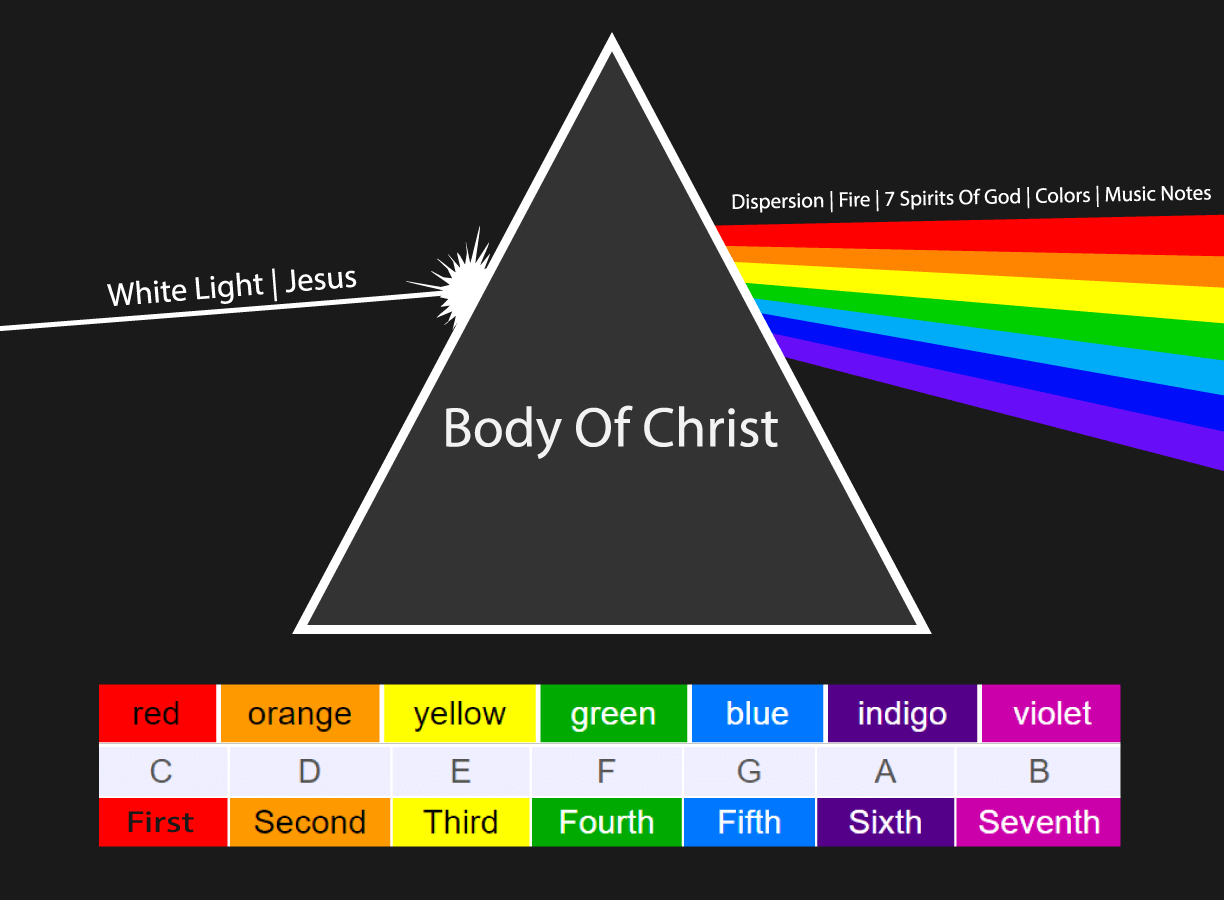
It speaks of an immeasurable glory, power, and majesty. Again the imagery is designed to inspire awe and fear. Out from the throne come flashes of lightning and sounds and peals of thunder” (Revelation 4:3–5).

Sounding much like Ezekiel, John continues, “There was a rainbow around the throne, like an emerald in appearance. John is purposely painting a picture of glory that exceeds our ability to imagine. If the scene is hard for you to visualize, that’s fine. Remember, though, that he is actually describing a glory that far exceeds that of any jewel dug out of the earth. The jewels he mentions were the most stunning, glorious images he could picture, so he resorts to them to make his point. Language fails when humans try to describe divine glory, so John is using these comparisons to precious jewels to picture the breathtaking beauty of heavenly glory. Again, let’s not get so caught up in trying to read meaning into the symbols that we miss that rather obvious point. John, like Ezekiel, is painting a big picture that portrays heaven as a bright, colorful realm of inexpressible splendor and delight. It’s impossible to ignore the fact that both Ezekiel and John are describing a scene of breathtaking grandeur and dazzling beauty-a glory that far surpasses the limits of human language. Jasper and sardius were the first and last of the twelve stones on the breastplate of the high priest (Exodus 28:17, 20). Some suggest that the red sardius may speak of God as Redeemer, the One who provided a blood sacrifice-thus stressing the glory of God’s redemptive character. (But the jasper of ancient times may actually have been a transparent stone.) The sardius-or “carnelian” in some translations-is a red ruby-like stone. Verse 3 says, “He who was sitting was like a jasper stone and a sardius in appearance.” Jasper is an opaque, translucent crystalline quartz of differing colors, especially shades of green. From the throne of God emanates all the glory of heaven. Repeatedly in this passage he mentions the throne, which is the hub of all heaven and the focal point of God’s presence. John begins by describing that same throne. (Revelation 4:1–2)Įzekiel ended his vision of heaven with a description of God’s throne and the inexplicable glory that emanates from it. In Revelation 4, where John describes how he was caught up into heaven, the very first thing he mentions is God’s throne:Īfter these things I looked, and behold, a door standing open in heaven, and the first voice which I had heard, like the sound of a trumpet speaking with me, said, “Come up here, and I will show you what must take place after these things.” Immediately I was in the Spirit and behold, a throne was standing in heaven, and One sitting on the throne. The throne of God figures large in both accounts. John’s is a fuller account, of course, but it blends beautifully with what Ezekiel described. There are many striking similarities between John’s vision and Ezekiel’s. The entire book of Revelation is written from heaven’s perspective, though it deals largely with events that occur on earth.

Twice God is called “the God of heaven” (11:13 16:11)-a phrase used twenty-two times in the Old Testament. The Greek word translated “heaven” occurs more than fifty times in the book of Revelation. Still, we learn a lot about heaven from the apostle John’s apocalyptic vision. It is a graphic and troubling vision, not primarily a lesson about heaven.

Evil will be conquered forever and vanquished from the universe. The book of Revelation is the story of how God’s wrath will finally be poured out upon the earth. This post was originally published in July 2018. –ed.


 0 kommentar(er)
0 kommentar(er)
